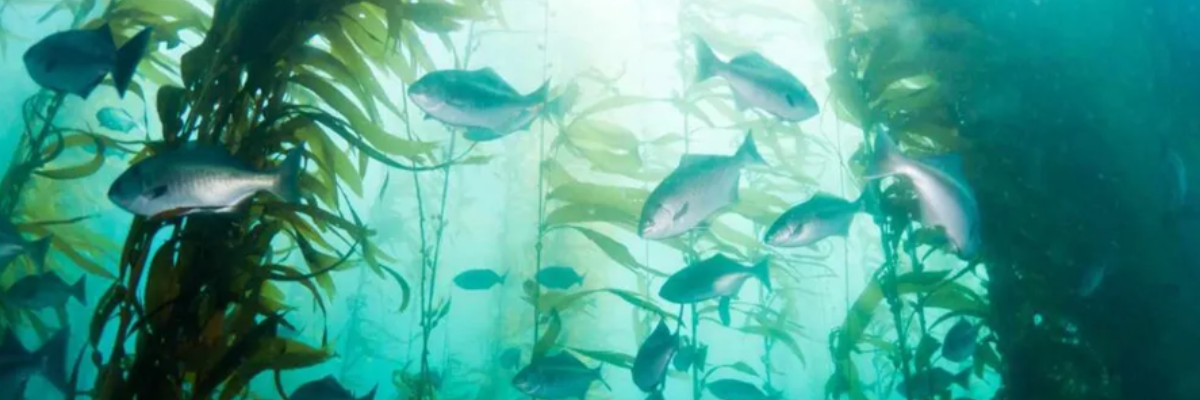The future of antifouling the debate continues
Back in 2017, we published a blog entitled: ‘Antifoulings and the environment… a complex future.’ Peter Franklin touched upon the changes in regulations for coating type products as they could result in increased carbon dioxide emissions and proliferation of invasive species. Now, two years later, more alternatives to traditional ‘wet applied’ antifoulings have continued to be developed.
The argument has also persisted about whether relatively uncontrolled ‘Do-It-Yourself’ application of such toxic materials should continue in future. Therefore, the adoption of more 'non-paint' type systems would be helpful in this regard, and here we highlight how that might happen.
Against this background, we were pleased to see that a day-long workshop was organised by the Ministry of Infrastructure and Water Management in The Netherlands. This brought together over 80 stakeholders across the value chain of antifouling technologies for use in recreational boating.
Innovation Workshop on Safer and Sustainable Antifouling
Despite the availability of a variety of antifouling alternatives that appear to have lower ecosystem and health impacts, markets have been slow to adopt these new technologies. What are the primary reasons for this in the recreational boat market? What are the needs that if addressed, could advance broader adoption of safer, sustainable antifouling choices?
Targeted outcomes:
Panel discussion - stakeholder
A was held about performance needs from the end-user perspective. This identified that a common theme across the highly varied types of recreational boater, is that all users expect the same performance: they do not want growth/fouling that reduces the boat’s speed or increases fuel use; they want to see a clean hull; and they want solid corrosion protection.
Some of the alternative methods of antifouling mentioned in the panel discussion included: hard coatings, ultrasonic systems, a slick, self-cleaning and repellent surface, and a surface with fine nylon hairs (like a sea urchin) which is applied as a film/wrap, thus preventing barnacles and other organisms from reaching and attaching to the hull.
A number of common themes expressing the biggest challenges for innovators emerged from the discussions, these included:
Another question posed was: ‘’What other actions are needed to stimulate development and adoption of safe and sustainable antifouling options?’’ Responses included:
Participants also strongly suggested other measures going forward, such as:
The next steps
The workshop clearly proved that a productive dialog is possible, despite some areas of disagreement, and the amount of conflicting information about an ever-wider range of alternative products.
The Dutch Ministry of Infrastructure and Water Management will continue to work on different lines of action suggested at the workshop, such as awareness raising and communication, and looking for incentives for adoption of alternatives. In particular, the Ministry will, together with stakeholders, endeavour to set up a joint performance testing programme.
METSTRADE will be kept informed of developments, which we will continue to share details of with our Online Community.
Previous antifouling blogs at METSTRADE:
https://www.metstrade.com/news/articles/the-future-of-nontoxic-antifouling/
https://www.metstrade.com/news/articles/antifouling-will-alternatives-take-hold/Share your stories on leisure marine industry with us
Do you have an innovation, research results or an other interesting topic you would like to share with the leisure marine equipment industry? The METSTRADE website and social media channels are a great platform to showcase your stories! Let us know via metstrade@rai.nl
Are you a METSTRADE exhibitor?
Make sure you add your latest press releases to your Company Profile in the Exhibitor Portal for free exposure.
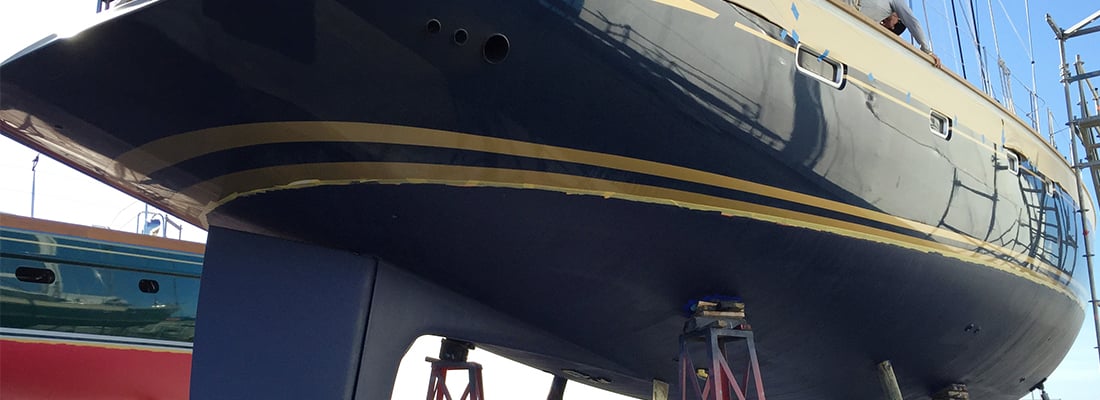
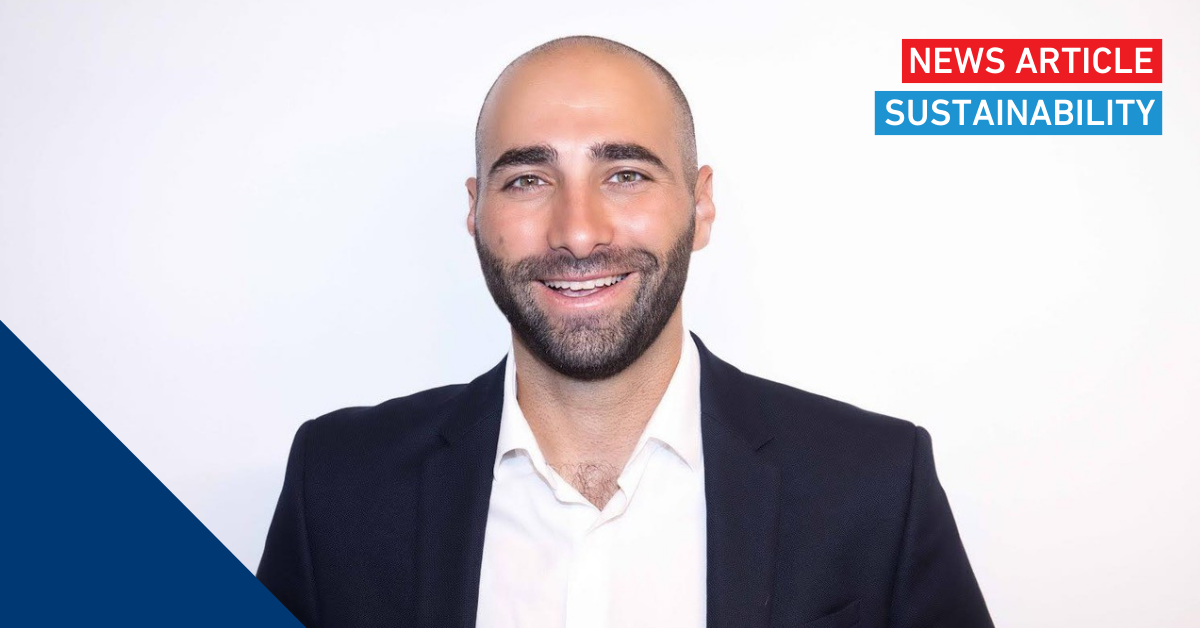
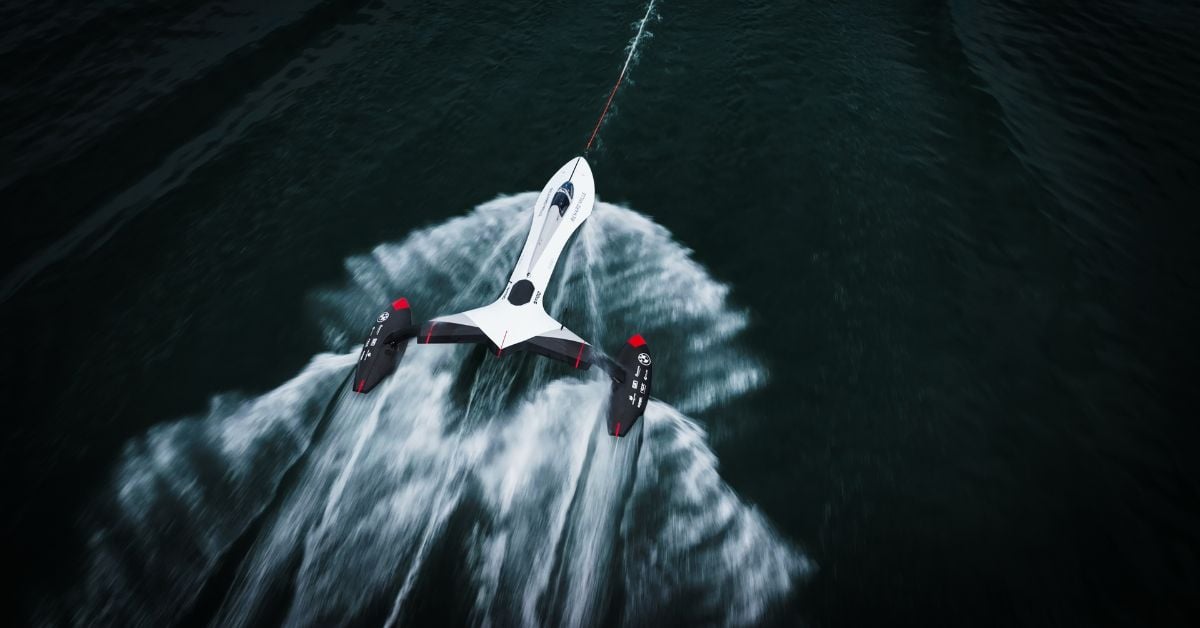
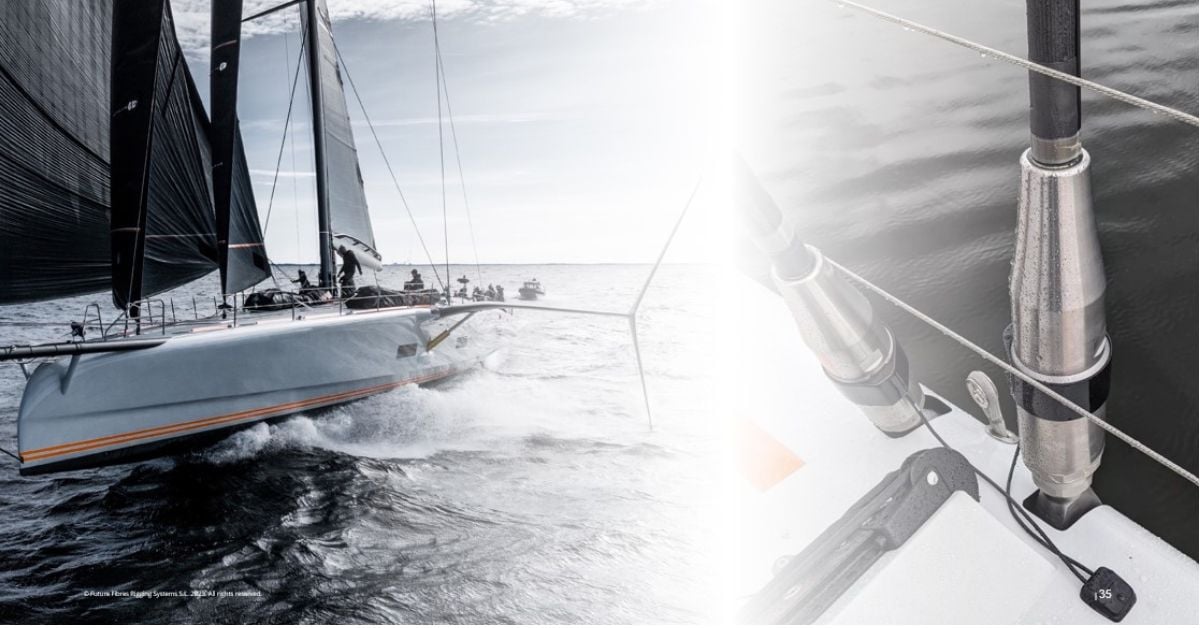

.jpg?h=400&iar=0&w=1200)
